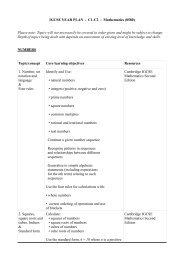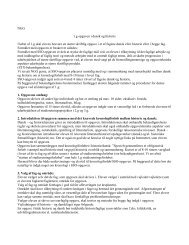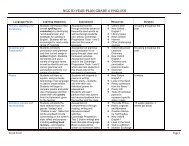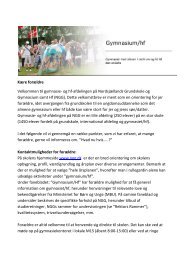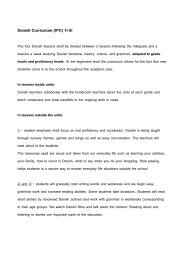Chemistry
Chemistry
Chemistry
Create successful ePaper yourself
Turn your PDF publications into a flip-book with our unique Google optimized e-Paper software.
Curriculum content<br />
• Describe methods of rust prevention, specifically<br />
paint and other coatings to exclude oxygen<br />
• Describe the need for nitrogen-, phosphorus- and<br />
potassium-containing fertilisers<br />
• Describe the displacement of ammonia from its salts<br />
• State that carbon dioxide and methane are<br />
greenhouse gases and may contribute to climate<br />
change<br />
• Describe the formation of carbon dioxide:<br />
– as a product of complete combustion of carboncontaining<br />
substances<br />
– as a product of respiration<br />
– as a product of the reaction between an acid and<br />
a carbonate<br />
– from the thermal decomposition of a carbonate<br />
• State the sources of methane, including<br />
decomposition of vegetation and waste gases from<br />
digestion in animals<br />
• Describe sacrificial protection in terms<br />
of the reactivity series of metals and<br />
galvanising as a method of rust prevention<br />
• Describe the essential conditions for the<br />
manufacture of ammonia by the Haber<br />
process including the sources of the<br />
hydrogen and nitrogen, i.e. hydrocarbons<br />
or steam and air<br />
• Describe the carbon cycle, in simple<br />
terms, to include the processes<br />
of combustion, respiration and<br />
photosynthesis<br />
12. Sulfur<br />
Supplement<br />
• Name some sources of sulfur<br />
• Name the use of sulfur in the manufacture<br />
of sulfuric acid<br />
• Name the uses of sulfur dioxide as a<br />
bleach in the manufacture of wood pulp<br />
for paper and as a food preservative (by<br />
killing bacteria)<br />
• Describe the manufacture of sulfuric<br />
acid by the Contact process, including<br />
essential conditions<br />
• Describe the properties of dilute sulfuric<br />
acid as a typical acid<br />
13. Carbonates<br />
Core<br />
• Describe the manufacture of lime (calcium oxide)<br />
from calcium carbonate (limestone) in terms of<br />
thermal decomposition<br />
• Name some uses of lime and slaked lime as in<br />
treating acidic soil and neutralising acidic industrial<br />
waste products, e.g. flue gas desulfurisation<br />
• Name the uses of calcium carbonate in the<br />
manufacture of iron and of cement<br />
Cambridge IGCSE <strong>Chemistry</strong> 0620. Syllabus for examination in 2015.<br />
23



